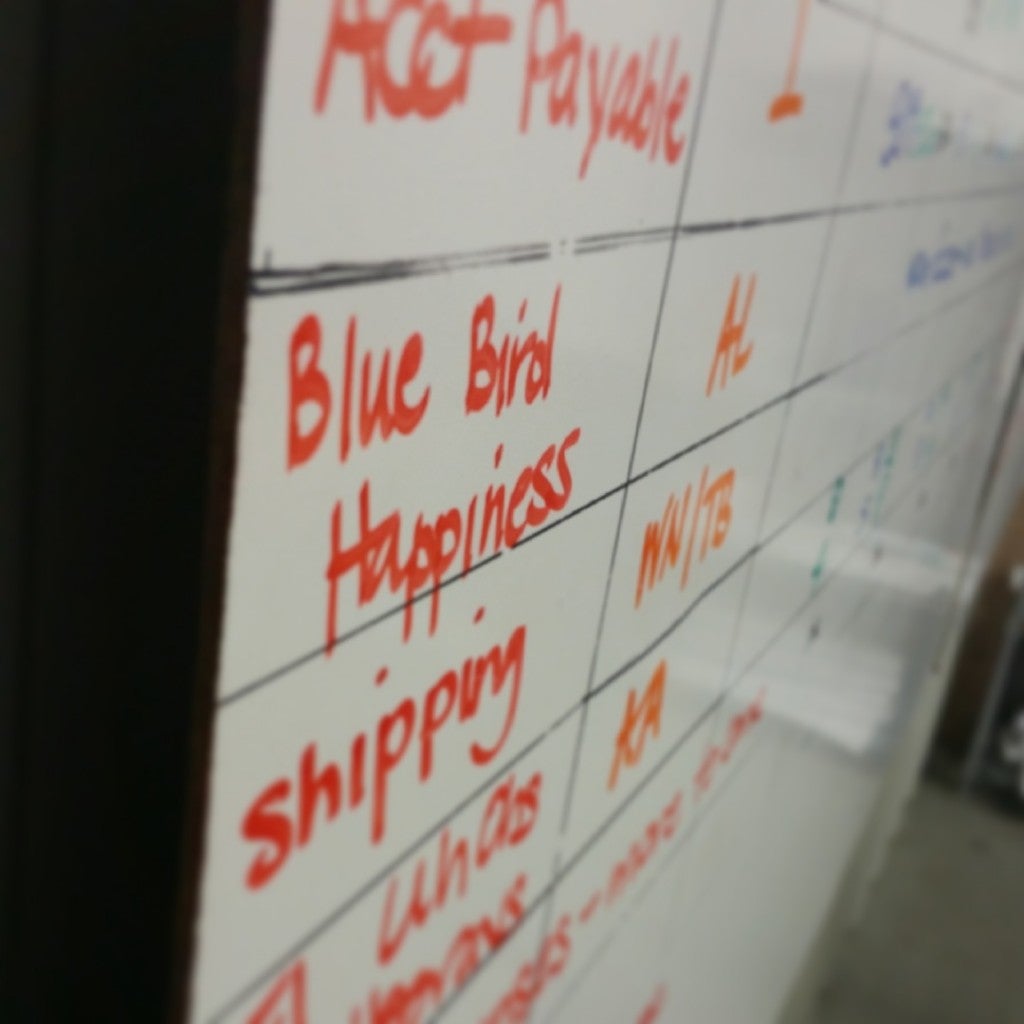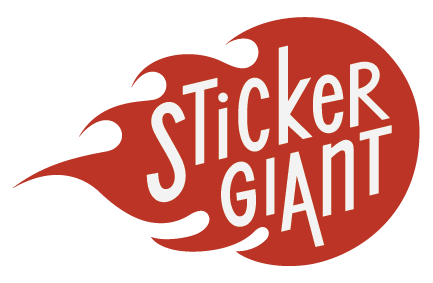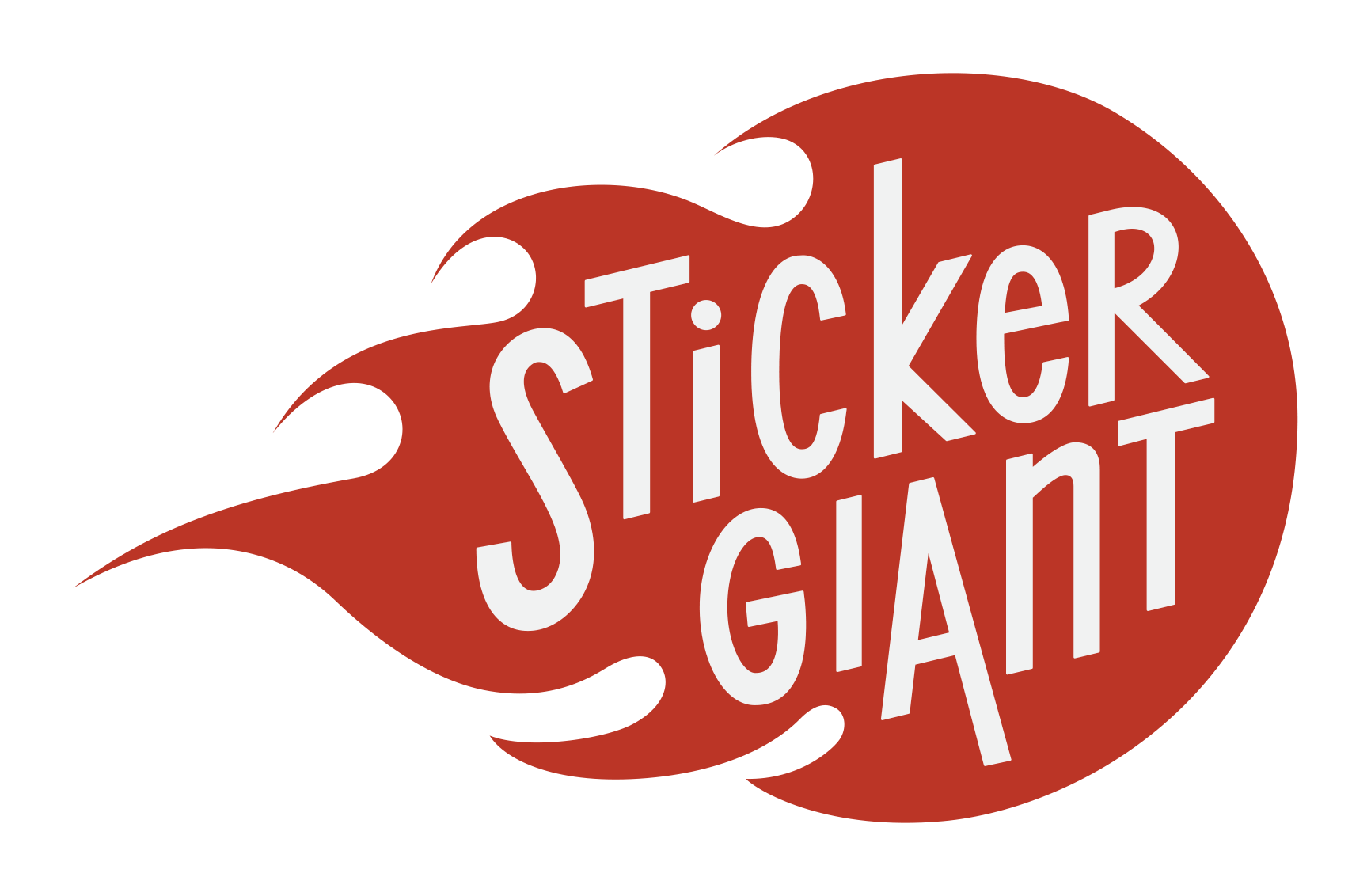May 21, 2014
 Illustration courtesy of Zingtrain.
Today's post deals with Open Book Management, a transparent reporting system that empowers the StickerGiant staff to play a major role in the company's growth and fosters a unique company culture.
Open Book Arrives at StickerGiant
Let’s rewind to 2012, when John Fischer, StickerGiant’s founder and CEO, was introduced to Open Book Management by his business partner and friend Bill Flagg. Bill first read about management transparency in the book Ownership Thinking by Brad Hams and The Great Game of Business by Jack Stack. The phrase Open Book management was developed by John Case of Inc. Magazine in the early 1990s, but it was Stack who developed three simple guidelines for Open Book in The Great Game of Business. These three rules live on today at StickerGiant and other companies around the globe.
Illustration courtesy of Zingtrain.
Today's post deals with Open Book Management, a transparent reporting system that empowers the StickerGiant staff to play a major role in the company's growth and fosters a unique company culture.
Open Book Arrives at StickerGiant
Let’s rewind to 2012, when John Fischer, StickerGiant’s founder and CEO, was introduced to Open Book Management by his business partner and friend Bill Flagg. Bill first read about management transparency in the book Ownership Thinking by Brad Hams and The Great Game of Business by Jack Stack. The phrase Open Book management was developed by John Case of Inc. Magazine in the early 1990s, but it was Stack who developed three simple guidelines for Open Book in The Great Game of Business. These three rules live on today at StickerGiant and other companies around the globe.
- Know and Teach the Rules: every employee should be given the measures of business success and taught to understand them
- Follow the Action & Keep Score: Every employee should be expected and enabled to use their knowledge to improve performance
- Provide a Stake in the Outcome: Every employee should have a direct stake in the company's success-and in the risk of failure
- We meet once per week as a full staff of 16 for a Huddle, to share our financial dashboard and tell the stories behind the numbers.
- We try to spend 20% of the time discussing what happened, and 80% talking about ways to improve the weekly results.
- Each “line” is owned by an employee that actively lives in the associated category of reporting within their daily role. This creates active engagement that helps each line owner translate the story behind the numbers to the Team.
- To anticipate financial goals, we plan and forecast the numbers as a group.
- If our team exceeds the plan, then a “gain share” on what’s made above the plan is shared equally.
- The company teaches us the story behind the revenue, expenses, profits, inventory, and receivables so that we learn how to value and affect their impact on the growth of the company.
 Bluebird of Happiness Line - StickerGiant Scoreboard[/caption]
Customizing Open Book at StickerGiant
Based on the structure built by Brad Hams, we push the envelope of Open Book just a bit further. For starters, we’ve implemented micro-improvements called mini-games. These are smaller goal-setting competitions where the Team picks an area to emphasize attention, with the goal of improving an existing process. These mini-games require calculations that analyze the value they will have on the company if improved, then the rules are outlined to track achievement so that if gains are made, employees also get to share in the benefits.
In his Open Book Management blog piece, Bill Flagg explains the gain share with a simple equation:
“For example, if a $100k reduction of receivables or inventory is worth a $10k increase in profitability to the company, the employees will share 20% of that improvement or $2k.”
The great thing about the mini-games at StickerGiant is that they emphasize active involvement by our employee participants. We are encouraged to improve results by sharing insights on whats working and whats not, and we work for these bonuses in a trackable way that makes everyone feel good. Its amazing how much this kind of active participation in improvement makes us feel like part of a powerful purpose, and motivates everyone to work together for collective gain.
At StickerGiant, we drafted own dashboard and everyone tracks different things depending on the business model. Keeping score like this has improved our process ever since.
How Employees Benefit from, and Contribute to, Open Book
Bluebird of Happiness Line - StickerGiant Scoreboard[/caption]
Customizing Open Book at StickerGiant
Based on the structure built by Brad Hams, we push the envelope of Open Book just a bit further. For starters, we’ve implemented micro-improvements called mini-games. These are smaller goal-setting competitions where the Team picks an area to emphasize attention, with the goal of improving an existing process. These mini-games require calculations that analyze the value they will have on the company if improved, then the rules are outlined to track achievement so that if gains are made, employees also get to share in the benefits.
In his Open Book Management blog piece, Bill Flagg explains the gain share with a simple equation:
“For example, if a $100k reduction of receivables or inventory is worth a $10k increase in profitability to the company, the employees will share 20% of that improvement or $2k.”
The great thing about the mini-games at StickerGiant is that they emphasize active involvement by our employee participants. We are encouraged to improve results by sharing insights on whats working and whats not, and we work for these bonuses in a trackable way that makes everyone feel good. Its amazing how much this kind of active participation in improvement makes us feel like part of a powerful purpose, and motivates everyone to work together for collective gain.
At StickerGiant, we drafted own dashboard and everyone tracks different things depending on the business model. Keeping score like this has improved our process ever since.
How Employees Benefit from, and Contribute to, Open Book
- It's comforting to know the numbers behind what it takes to operate and grow a successful company and how those numbers translate into benefits for individuals and co-workers.
- It’s incredibly freeing to feel empowered to collect data that will improve systems for everyone without having to wait for a manager to tell you it’s alright.
- Open Book also helps the staff better appreciate the people behind the company that sacrifice their time, resources, and talent to contribute in favor of the greater good.

